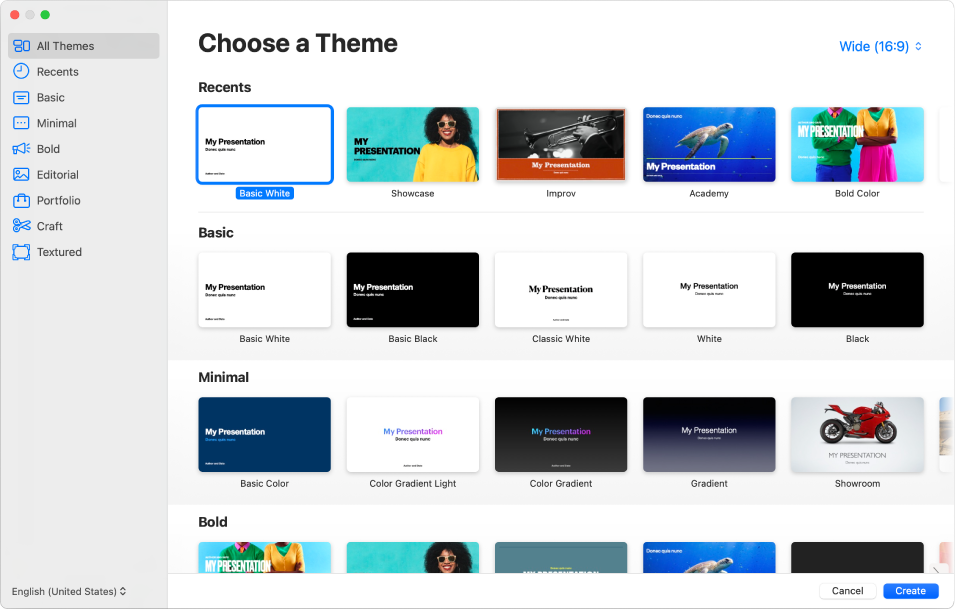

Ctrl+T: Open the Font dialog box when text or object is selected. Ctrl+U: Add or remove underline to selected text. Ctrl+I: Add or remove italics to selected text. Ctrl+B: Add or remove bold to selected text. Delete: Remove selected text, selected object(s), or selected slide(s). Ctrl+Alt+V: Open the Paste Special dialog box. Ctrl+V or Shift+Insert: Paste selected text, selected object(s), or selected slide(s). Ctrl+C or Ctrl+Insert: Copy selected text, selected object(s), or selected slide(s). Ctrl+X: Cut selected text, selected object(s), or selected slide(s). The following keyboard shortcuts will save you time so you can edit and format in a snap! Ctrl+Shift+Up/Down Arrow: Move a slide to the beginning or end of your presentation (click on a slide thumbnail first). Ctrl+Up/Down Arrow: Move a slide up or down in your presentation (click on a slide thumbnail first). End: Go to the last slide, or from within a text box, go to the end of the line. Home: Go to the first slide, or from within a text box, go to the beginning of the line. Shift+Tab: Select or move to the previous object on a slide. Tab: Select or move to the next object on a slide. Ctrl+A: Select all text in a text box, all objects on a slide, or all slides in a presentation (for the latter, click on a slide thumbnail first). Try these shortcuts for quick and easy ways to select text within text boxes, objects on your slides, or slides in your presentation. You can use keyboard shortcuts to navigate throughout your presentation easily. Selecting and Navigating Text, Objects, and Slides Ctrl+Tab: Switch between open presentations. Ctrl+F: Search in a presentation or use Find and Replace. Alt+Q: Go to the “Tell me what you want to do” box. Ctrl+W or Ctrl+F4: Close a presentation. 
F12 or Alt+F2: Open the Save As dialog box.On the other hand, “Alt+N,P” means you should hold the Alt key down, press the N key, release the N key, press the P key, and then release all keys.įirst, let’s review some general keyboard shortcuts for opening, closing, and switching between presentations, as well as navigating the Ribbon. So, for example, “Ctrl+N” means to hold down the Ctrl key while pressing the N key and then release both keys. A comma means you should press keys in sequence.
Mac keyboard shortcut for powerpoint new slide plus#
A plus means you should press those keys together. Note: We present keyboard combos using the following convention.

And, you’ll be happy to know that almost all of these shortcuts have been around for a long time, so they should be helpful no matter what version of PowerPoint you’re using. We’ve tried to keep it to the more generally useful shortcuts. We’ve also tried to keep the list clean and simple, so go ahead and print it that helps!Īlso, even though our list of shortcuts here is pretty long, it’s by no means a complete list of every keyboard combo available in PowerPoint. And even if you pick up a few new tricks, it’s worth it. Now, does anyone expect you to memorize all these keyboard combos? Of course not! Everyone’s needs are different, so some will be more useful to you than others. Even if you’re familiar with Microsoft PowerPoint, you might be surprised by the number and variety of keyboard shortcuts you can use to speed up your work and generally make things more convenient.







 0 kommentar(er)
0 kommentar(er)
